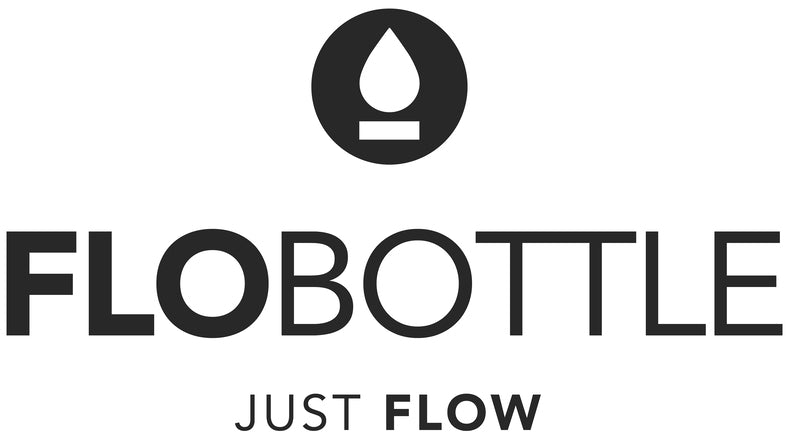The widespread awareness of the harm of single-use plastic and the increasing sense of responsibility for the environment have contributed to the rise of reusable water bottles. The market for reusable water bottles was valued at $8.38 billion in 2020 and is projected to grow to $11.51 billion by 2028.
One of the most popular forms of reusable water bottles is the insulated bottle due to several factors, such as durability (most insulated bottles are made from stainless steel, which is sturdier than plastic), health and safety (many insulated bottles are certified free of BPA, or Bisphenol A, a chemical compound that is known to cause cancer), and consumer experience.
Insulated bottles are unique compared to other reusable water bottles because of their ability to maintain their contents’ temperature for a long time, which makes drinking your favorite beverage on the go more enjoyable. Do you prefer drinking water that’s cold when you’re working out at the gym? Or want to enjoy warm soup for lunch, without requiring a microwave? An insulated bottle has you covered.

But how do insulated bottles work, exactly? There’s no magic, only proven science, because of their temperature-retaining properties.
But First, What is an Insulated Bottle?
An insulated bottle is designed with a double-walled interior, a container within a container, where the air between the two walls is removed to make a vacuum (more on this later). The lack of air between the two containers prevents the transfer of heat between the liquid inside and external factors.
But to properly understand how insulated bottles work, we must first delve into the science behind how heat travels and transfers between objects.
How Does Heat Travel?
Heat travels and transfers in three different ways: conduction, convection, and radiation.
Conduction is the transfer of heat when elements touch, like when a frying pan grows hot after prolonged exposure to a flame.
Convection is the transfer of heat through indirect contact and is typically a characteristic of liquids and gases, like when coffee grows cold when left idle at room temperature.
Radiation, which is also referred to as “infrared radiation,” is the transfer of heat through light, like feeling the heat from an incandescent lightbulb. The heat radiated by infrared objects can be felt even without direct touch (like in conduction), or liquid or gas (like in convection).

How Does an Insulated Bottle Work?
So, what do conduction, convection, and radiation have to do with insulated bottles? They are exactly what insulated bottles are designed to stop.
An insulated bottle has two walls — an external wall and an internal wall — that do not touch, so there’s no transfer of heat via conduction. The air between the two walls is sucked out to create a “vacuum” or lack of atoms, also preventing the transfer of heat via convection. Furthermore, the inside of most insulated bottles is silvered to minimize infrared, limiting the transfer of heat via radiation.
By hindering the three methods of heat transfer, an insulated bottle enables its contents to maintain their original temperature for a long time. This principle works for both hot and cold contents. By keeping the heat inside and preventing cold air from coming in, hot beverages stay hot for prolonged periods. Similarly, by keeping cold air inside and hindering warm air from entering the chamber, cold beverages remain cold for longer.

Can the Temperature Inside an Insulated Bottle Change?
While insulated bottles can help keep your beverages hot or cold much longer than they would in a regular glass exposed to air, they can’t maintain the temperature forever.
There are two points in an insulated bottle where heat can transfer: the bottle opening and the vacuum (the gap between the two walls).
Every time the bottle is opened, outside air enters the insulated chamber. The temporary interaction between the outside air and the beverage inside the bottle will slightly alter the temperature inside the insulated chamber. The more that the bottle is opened, and the longer it's left open, the more outside air enters the insulated bottle and the faster the temperature of the contents will change.
Additionally, it’s nearly impossible to create a perfect vacuum, meaning absolutely zero air and zero atoms in the space between the two walls of the insulated bottle. However, manufacturers can get very close to zero and leave only a little air or very few atoms in the enclosed space. This significantly slows down the transfer of heat between the outer and inner walls of the insulated bottle.

Insulated bottles are an everyday must-have. Whether you're heading to the office, out for a hike, to the dog park with your pooch, or a hot yoga class, an insulated water bottle is going to come in handy. And you can feel even better about yourself knowing that you're avoiding single-use plastic and being more respectful of Mother Nature. Reusable bottles are one solution to the massive amount of waste we humans produce!
Flobottle double-walled water bottles are designed to keep your beverages cold for up to 24 hours or hot for up to 12 hours. Each bottle is made with a 10-ounce stainless steel Stow & Flow compartment and equipped with a BPA-free guard straw, sipper, and strap. Plus, Flobottle water bottles are coated with corrosion-resistant powder for easy cleaning and a comfortable grip. Shop Flobottle insulated bottles today!





